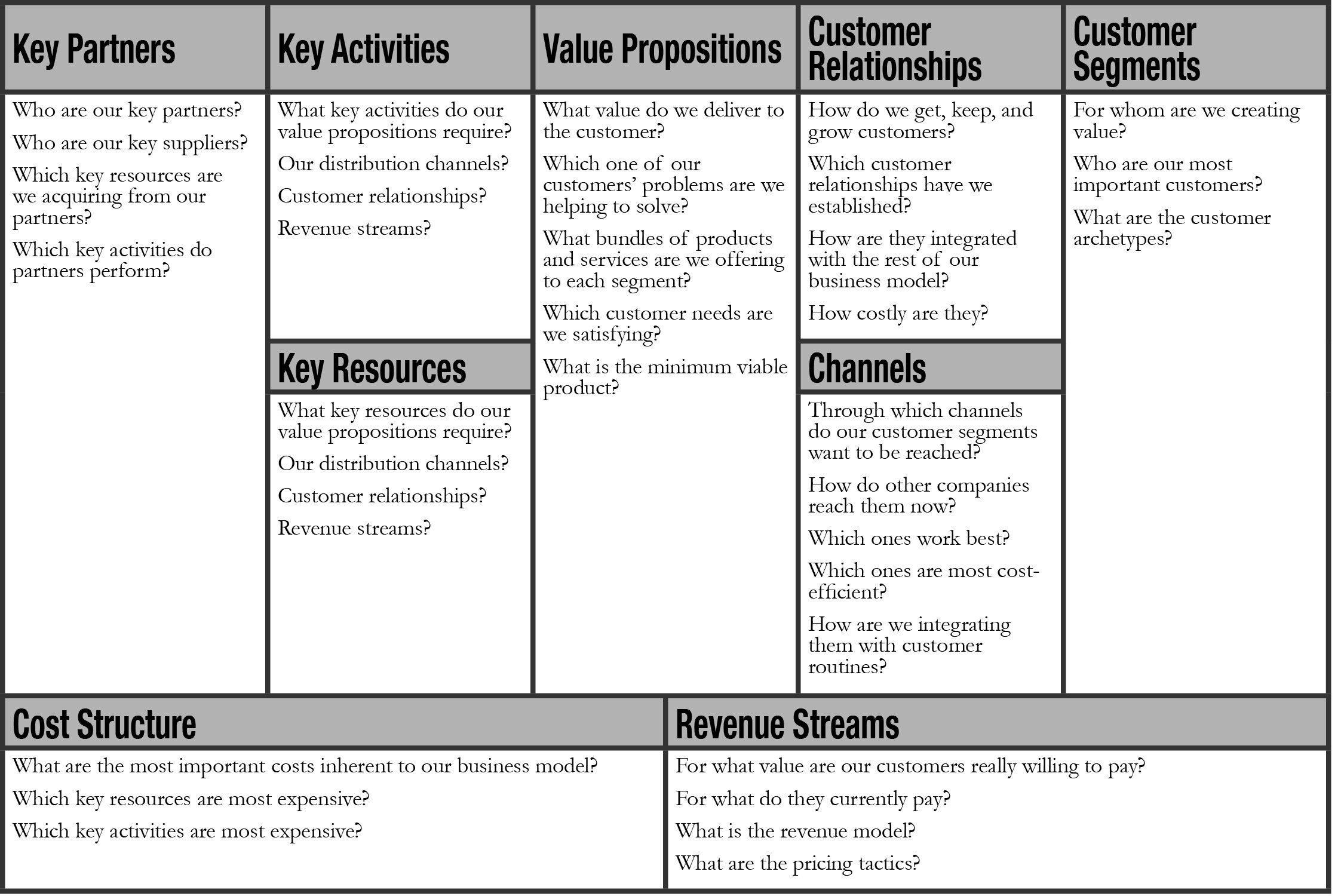FIVESEED is now Radiance Insights!
Our mission is to provide objective data and predictive intelligence to help cultural organizations build loyalty and create more meaningful relationships with their audiences. Our unique research approach reveals the true motivations of visitors, members, and donors that drives behavior.
The impact is significant: Stronger emotional connection, increased revenues, and membership growth.
-

Market & Audience Research
Understand your current and potential audiences to inform decision-making.
- Emotional Connection Benchmarking
- Market Analysis
- Persona Development
- Surveys & In-Depth Interviews
- The Member Motivations Study™
-

Strategic Planning
Align your vision and goals with actionable, data-informed strategies.
- Pricing & Revenue Strategy
- Grand Opening and Re-Opening Audience Development Strategy
- Customer Journey Mapping
- Predictive Analytics
-

Membership Training and Consulting
Tailored assessments and workshops designed to fit your unique needs.
- On-site Sales Training
- Membership Program Audit and Design
- Member Retention Analysis
- Cost-benefit Analysis and Benchmarking
- Interim and Fractional Membership Management
Museum Membership Innovation: Unlocking Ideas for Audience Engagement and Sustainable Revenue
Drawing from a wide range of research spanning the disciplines of behavioral economics, philanthropy, and social psychology, Museum Membership Innovation explores the trends shaping the future of cultural organizations and offers innovative strategies designed to help them survive—and thrive—in today’s rapidly changing marketplace.

Getting the Job Done
The Jobs To Be Done theory refers to a consumer’s decision to buy something as “hiring” a particular product or service to do a specific job. This unique way of describing consumer behavior shifts the focus of product development away from shallow customer descriptors (like age, income level, or family structure) toward more meaningful motives that influence behavior.

An Overview of the Various Types of Nudges

Building a New Business Model for Membership
The COVID-19 pandemic has upended the traditional business model of membership, and museums everywhere must confront the reality that audiences may never again participate in the same ways that they once did. As the traditional membership business model is built on the core benefits on-site participation such as free admission and events, there is an opportunity to explore what museum membership programs might look like in a post-COVID-19 world.

Closing the Intention-Action Gap
Will you floss your teeth today? Will you exercise tomorrow? Will you visit a museum within the next six months? Surveys that ask questions like this about future intentions—even when there is rigor built into the methodology—tend to be an unreliable indicator of behavior. While an imperfect measure, such studies can still offer some valuable benefits.

Uncovering What Members Truly Value
Often, member surveys include a method known as “stated importance” to gauge how respondents feel about various topics or benefits. For example, a member survey question may ask members to rate a list of benefits (or attributes) based on their importance using 10-point scale in which the lower end of the rating scale (1) represents ‘not important at all’ and the high end of the scale (10) is labeled as ‘extremely important’ or ‘very important.’ However, the stated importance method often leads to inflated importance scores and does not allow the organization to see how respondents may be considering the relationship between benefits and the decision to join.

